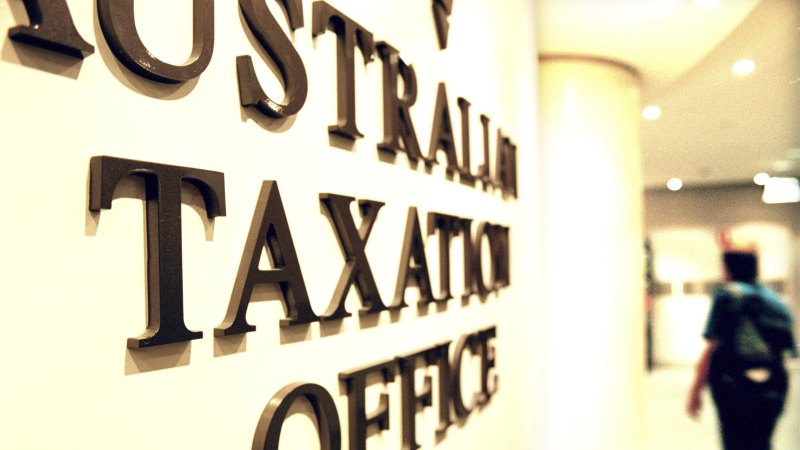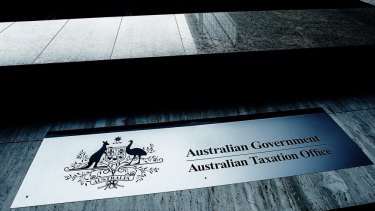Two recent cases in which taxpayers have taken on the Australian Taxation Office (ATO) have lessons for all taxpayers, and highlight concerns about the machinery of our tax system.
In the first case, a taxpayer had a rare win against the ATO in the Federal Court. Taxpayers don’t often win in the courts because they bear the burden of proof why the ATO’s tax assessment is excessive.
In other words, the ATO can act on suspicion in assessing a tax liability, and it’s the taxpayer’s job to prove why the tax payable should be less. That’s usually a very high bar to jump. We regularly have to remind taxpayers that the three “E’s” of winning a tax case are: evidence, evidence and evidence.
The bar is high for taxpayers seeking to challenge their tax assessment from the ATO.Credit:Louie Douvis
The bar can be even higher than it seems. A taxpayer’s own verbal evidence is generally given little weight by the court or tribunal, and is apt to be dismissed as ‘self-serving’. A taxpayer who just turns up, tells their story and says ‘Believe me?’ will often be told ‘No!’.
However, a taxpayer’s oral evidence, which is supported by contemporaneous documents including emails and records of conversations, is much more persuasive. And so it was in the Guardian AIT case, where the Federal Court cited consistency with emails and file notes kept by the taxpayer and its advisers as a reason to accept oral testimony about their thoughts and actions.
While this case is on appeal, the fundamental lesson is that taxpayers should create and keep timely documents that explain what they have done.
We regularly have to remind taxpayers that the three ‘E’s’ of winning a tax case are: evidence, evidence and evidence.
How long should they keep those records? The tax law generally allows documentation of transactions to be destroyed five years after they cease to be relevant (but be careful because some records of losses and the cost base of assets will only cease to be relevant five years after the loss is recouped or the asset sold). This aligns well with the usual limited period in which the ATO can amend a tax assessment. Depending on the complexity of a taxpayer’s affairs, this will either be a period of two or four years.
A problem arises if the ATO ever alleges a taxpayer has engaged in fraud or evasion. Such an allegation allows the ATO to amend assessments without limitation – that is, without regard to the usual two- or four-year amendment periods.
This was the situation in which the taxpayers in the second court case found themselves. To fight an allegation that they engaged in fraud or evasion, taxpayers have to prove one of two things.
First, they may show that there was no amount omitted from taxable income; for example, by showing that the amounts the ATO included in their assessable income were not assessable.
Alternatively, they can demonstrate that the amounts, while assessable, were not included in their tax return for a reason that shows that while there was a shortcoming, it was a shortcoming that fell short of a blameworthy fraudulent or evasive act. That is, they can show a reasonable excuse for omitting the amounts from their assessable income.
But here’s the rub. Under either option, the taxpayer needs to lead evidence, preferably documentary, to explain what went on in those transactions. Without such evidence, a taxpayer will not be able to use either argument.
Yet who knows when the ATO will make a finding of fraud or evasion? The taxpayer may very well want to keep their records many years down the track.
All this calls into question the utility of the limited amendment periods and document retention rules, as compliance with the letter of the law can lead to effectively unchallengeable allegations of fraud or evasion. It’s an area that’s overdue for reform.
Mark Molesworth is a tax partner at global accounting and advisory firm BDO in Australia.
The Business Briefing newsletter delivers major stories, exclusive coverage and expert opinion. Sign up to get it every weekday morning.
Most Viewed in Money
From our partners
Source: Read Full Article

